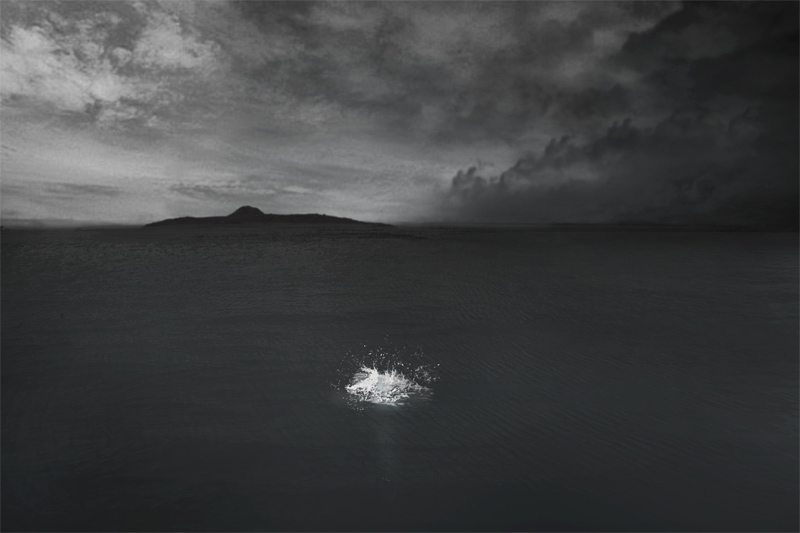GALLERY
Long Tail Paradise Crow, Day 9
Pejantan Paradise Birds, Day 21
Madura Forest & Dune Stars, Day 61
All images by the ICZ
expedition
Discovery of New Island Species, Biodiversity, Sand dunes and a Black Geyser on Pulau Pejantan
Pulau Pejantan is a remote island of Indonesia. Nick-named Sand Forest Island, Pulau Pejantan is a unique island with extremely unique geographical features and bio-diversity. Virtually undiscovered till June 2005, the island boosts a treasure trove of unique species that is found no where else in the world such as the bizarre sand worms which moves about like packs of snakes around the island's dune to the Lantern Fish which greets you in the sea before you reach the island.
Our scientists are still developing a comprehensive theory to explain Pulau Pejantan's rich and unique biodiversity and the island represents one of the Institute's key area of research.
Isolated in the Pacific Ocean, about 70% of the estimated 600 species found on the island exist nowhere else on the globe. The island is home to such evolutionary oddities as the Ghost Hare, a black and white hound like animal, pale-white reptiles and birds which has adapted to the sand dunes and forest habitat, spiny burrowing ant-eaters, and the rock pheasant, a bird that lives in the sand dunes.
The images shown here are from the most recent expedition that took place between January to April, 2009.
Research Interest
Pulau Pejantan harbors a moderately rich assemblage of terrestrial fauna due to its remote location in the Pacific Ocean. This isolation produced several endemic reptiles, birds and mammals allied to species from subtropical Ryukyus and the pre-jurassic era. This complementary mix of wildlife regards Pulau Pejantan as a distinct transitional biogeographic region. Due to its unique geology and endemic fauna & flora, the entire island was designated as a protected landscape & seascape through the ICZ. Past biological expeditions were concentrated around Pagai Dunes had revealed several endemic taxa. Despite being a priority protected area, little is known about the wildlife on the island, particularly during the morning when the island's visibility is reduced to 20% by the morning fog. Recent studies by Professor Darrel led to the discovery of new species and records. Subsequent surveys conducted throughout the island similarly observed possible new taxa and records. Five reptiles, 10 birds and two mammals recorded are regionally restricted, echoing the significance of Pulau Pejantan as a high priority for biodiversity conservation.
Both regional endemics and unstudied wildlife represent key species for conservation and serve as principal bio-indicators for exploration. Therefore, it is crucial that protection be centered on habitats inhabited by key species. Dunes and forests surveyed were identified as critical habitats on Pulau Pejantan. (Madura Forest, Pagai Dunes, Raas Ravine and Pagai Valley)
Copyright 2010, Institute of Critical Zoologists
